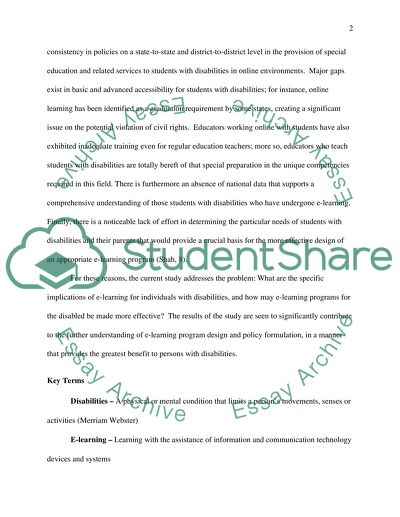Cite this document
(“Difficult Accessibility among E-Learning System: student with Research Paper”, n.d.)
Retrieved from https://studentshare.org/information-technology/1487704-difficult-accessibility-among-e-learning-system
Retrieved from https://studentshare.org/information-technology/1487704-difficult-accessibility-among-e-learning-system
(Difficult Accessibility Among E-Learning System: Student With Research Paper)
https://studentshare.org/information-technology/1487704-difficult-accessibility-among-e-learning-system.
https://studentshare.org/information-technology/1487704-difficult-accessibility-among-e-learning-system.
“Difficult Accessibility Among E-Learning System: Student With Research Paper”, n.d. https://studentshare.org/information-technology/1487704-difficult-accessibility-among-e-learning-system.


